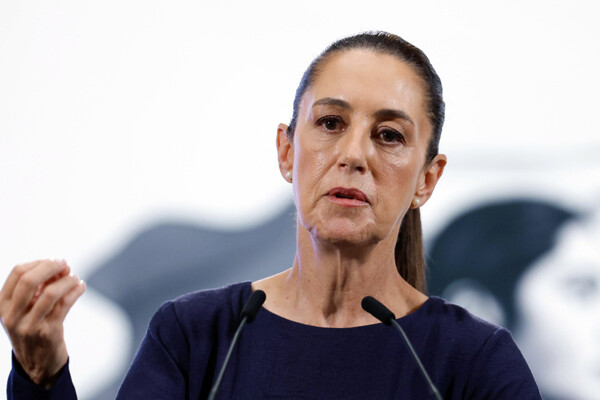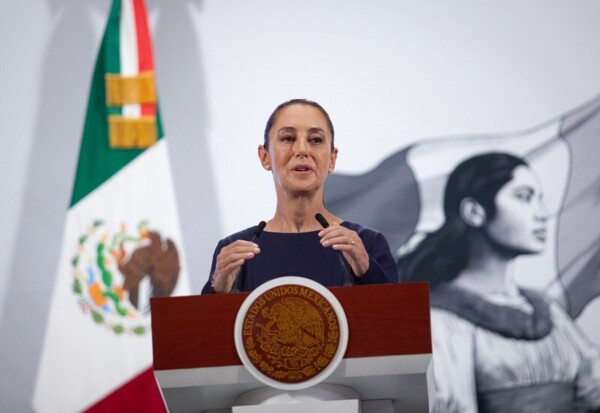
During the last decade, public organizations have experienced significant changes in their internal functioning and their relationship with the external environment, largely driven by the exponential growth of technology and digitization. This phenomenon has had a decisive impact on the transformation initiatives of government institutions, opening new possibilities to improve the effectiveness of oversight and its impact on people's quality of life through more effective government interventions.
In this context, the Superior Audit of the Federation has stood out for its digital/technological projects and dynamics that have yielded promising results. The adaptation of institutions to the demands of the population and the accelerated pace of technological change has been a gradual but necessary process, involving the updating of practices, training of staff, regulatory adjustments, and the allocation of adequate resources to improve efficiency in processes and achieve results.
Digitization represents an unprecedented opportunity for supreme audit entities worldwide, generating the need for legislative reforms in various jurisdictions to adapt to the new technological era. It is encouraging to observe the adoption of good practices and the implementation of innovative projects, although it is crucial to remember that the success of these initiatives requires not only willingness but also institutional capacities, meticulous planning, and sufficient but not disproportionate resources.
In a recent event, the passing of Fidel Herrera Beltrán, a key figure in promoting policies related to Comprehensive Public Administrations, fiscal federalism, and state resources, is lamented. His legacy and commitment to strengthening state finances continue to be recognized at both the international and national levels. A special recognition to his family, particularly to Congressman Javier Herrera Borunda, during this time of mourning.
The digital transition of public institutions, such as the Superior Audit of the Federation, reflects a clear commitment to effectiveness and modernization in public management. The implementation of tools such as the digital inbox and data analysis are indicative of a progressive approach that seeks to adapt to the demands of the 21st century and generate social value through the transformation of people's lives. The adaptation to changing environments and the ability to respond to emerging risks are fundamental aspects highlighted by international organizations such as INTOSAI.
In summary, the digital age offers countless opportunities to improve performance, shorten audit times, handle large volumes of data, and respond more effectively to crises such as the current Covid-19 pandemic. The ability to adapt, investment in resources, and the creation of specialized technical teams are key to maximizing the transformative potential of public institutions in the digital era.














